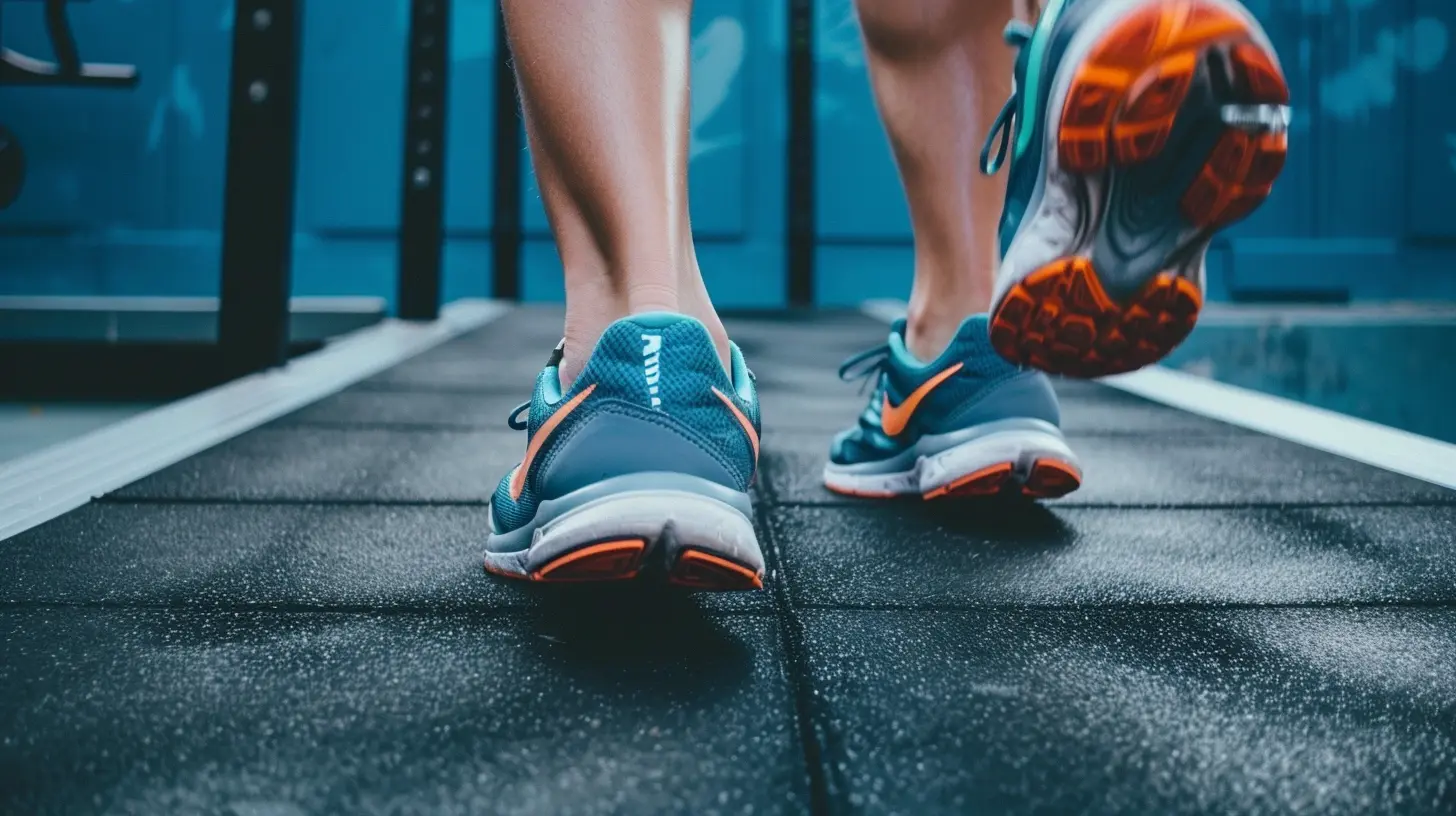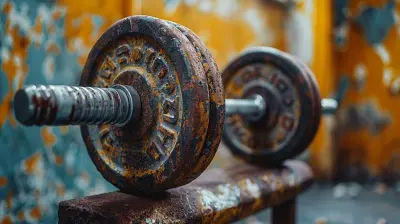11 March 2025
When it comes to fitness, you’ve probably heard phrases like “no pain, no gain,” or “push harder, recover later.” But let’s pump the brakes for a moment. While hardworking gym sessions and intense runs fuel progress, rest days are just as important for building strength, endurance, and better health. But here’s the twist: resting doesn’t mean you have to transform into a couch potato. That’s where active recovery comes in.
Active recovery, simply put, is the magic formula that allows you to recharge without hitting the pause button. It’s like putting your body on ‘low power mode’—you’re still moving, but in a gentler, more restorative way. Intrigued? Let’s unravel why active recovery is so powerful and how you can incorporate it into your routine!
Why Rest Days are Critical for Your Body
Before we dive into active recovery, let’s take a quick look at why rest days are non-negotiable. When you exercise—whether you’re doing strength training, cardio, or a mix—your muscles experience tiny tears (don’t worry, it’s a good thing). It’s during your rest days when those muscles repair themselves, growing stronger and more resilient.Skipping rest days? Bad idea. That’s like driving a car with an empty gas tank. You risk overtraining, which can lead to fatigue, poor performance, injuries, and even burnout. Your body needs time to reset, and trust me, it will thank you for it.
But rest doesn’t have to mean sitting completely still. That’s where active recovery swoops in to save the day!
What is Active Recovery?
Active recovery is the sweet spot between rest and exercise. It involves low-intensity movements that promote blood flow, enhance healing, and prevent stiffness. Think of it as the warm hug your muscles need after an intense workout.Here’s the deal: active recovery is not a workout. It’s not about smashing personal records or breaking a sweat. It’s about gentle, purposeful movement that helps your body recover faster and more efficiently. Think yoga, leisurely walks, swimming, or even light cycling—it’s all about movement without stress.
The Benefits of Active Recovery
Active recovery isn’t just another fitness buzzword. Science backs it up, and once you incorporate it into your routine, you’ll wonder why you haven’t been doing it all along. Here’s why active recovery is a game-changer:1. Boosts Circulation
Ever feel sore after a workout and wonder if your legs turned into wooden planks overnight? That’s because lactic acid and other waste products can build up in your muscles. Gentle movement during active recovery helps increase blood flow, which acts like a clean-up crew for your body. It flushes out those nasty byproducts and brings in fresh oxygen and nutrients to promote healing.2. Reduces Muscle Soreness
Delayed Onset Muscle Soreness (DOMS) can feel like a cruel reminder of yesterday’s workout. Active recovery can help dial down that soreness. How? By keeping your muscles warm and loose, which prevents stiffness and makes it easier for your body to bounce back.3. Improves Flexibility and Mobility
Let’s be honest—most of us could use a little more flexibility. Incorporating activities like yoga or stretching during active recovery days not only aids in healing but also improves your overall range of motion. This means fewer injuries and better performance during your next workout.4. Supports Mental Wellness
Recovery isn’t just physical—it’s mental too. Rest days can sometimes make you feel restless or even guilty (hello, fitness enthusiasts!). Active recovery gives you a healthy balance. You’re still moving, which releases endorphins (aka happy hormones), but you’re also giving your body the TLC it needs. Win-win, right?
Examples of Active Recovery Activities
Now that you’re sold on the benefits, let’s explore some practical ways to keep moving on your rest days. Spoiler: these activities are fun, low-impact, and easy to fit into your routine.1. Yoga
Whether it’s a gentle Hatha yoga session or a few restorative poses, yoga is a rock star when it comes to active recovery. It works wonders for your flexibility, reduces stress, and enhances body awareness. Plus, there’s nothing quite like ending a session with deep breaths in Child’s Pose.2. Walking
Never underestimate the power of a simple stroll around your neighborhood or local park. Walking is low-impact, gets your blood flowing, and gives you a chance to soak up some vitamin D. Bonus points if you bring a furry friend along!3. Swimming
Swimming is like a full-body massage in motion. The buoyancy of water reduces stress on your joints while still giving your muscles a gentle workout. It’s also super refreshing, especially on hot days.4. Foam Rolling
Alright, foam rolling might not feel amazing in the moment (good pain, anyone?), but it’s a fantastic way to release muscle tightness and improve blood circulation. Think of it as giving your muscles a DIY massage.5. Tai Chi or Qigong
These ancient practices blend slow, controlled movements with breathwork. They’re perfect for improving balance, posture, and relaxation while still keeping you active.How to Incorporate Active Recovery Into Your Routine
Not sure how to squeeze active recovery into your jam-packed schedule? Don’t sweat it (literally). Here are some tips to make it work:- Plan Ahead: Just like you schedule your workouts, pencil in your active recovery days. Treat them as important appointments with yourself.
- Listen to Your Body: Feeling extra sore or fatigued? Opt for gentler activities like stretching or yoga. Feeling good? Go for a brisk walk or swim.
- Mix It Up: Variety keeps things interesting. Try different activities to find what feels best for your body and keeps you engaged.
- Keep it Short: Active recovery doesn’t have to take up your whole day. A 20-30 minute session is often enough to reap the benefits.






Micah Kirkland
Thank you for sharing this insightful article! The importance of active recovery is often overlooked, yet it plays a crucial role in overall wellness. I appreciate the practical tips provided for incorporating movement into rest days—these strategies are sure to benefit many readers on their health journeys!
April 3, 2025 at 3:27 AM